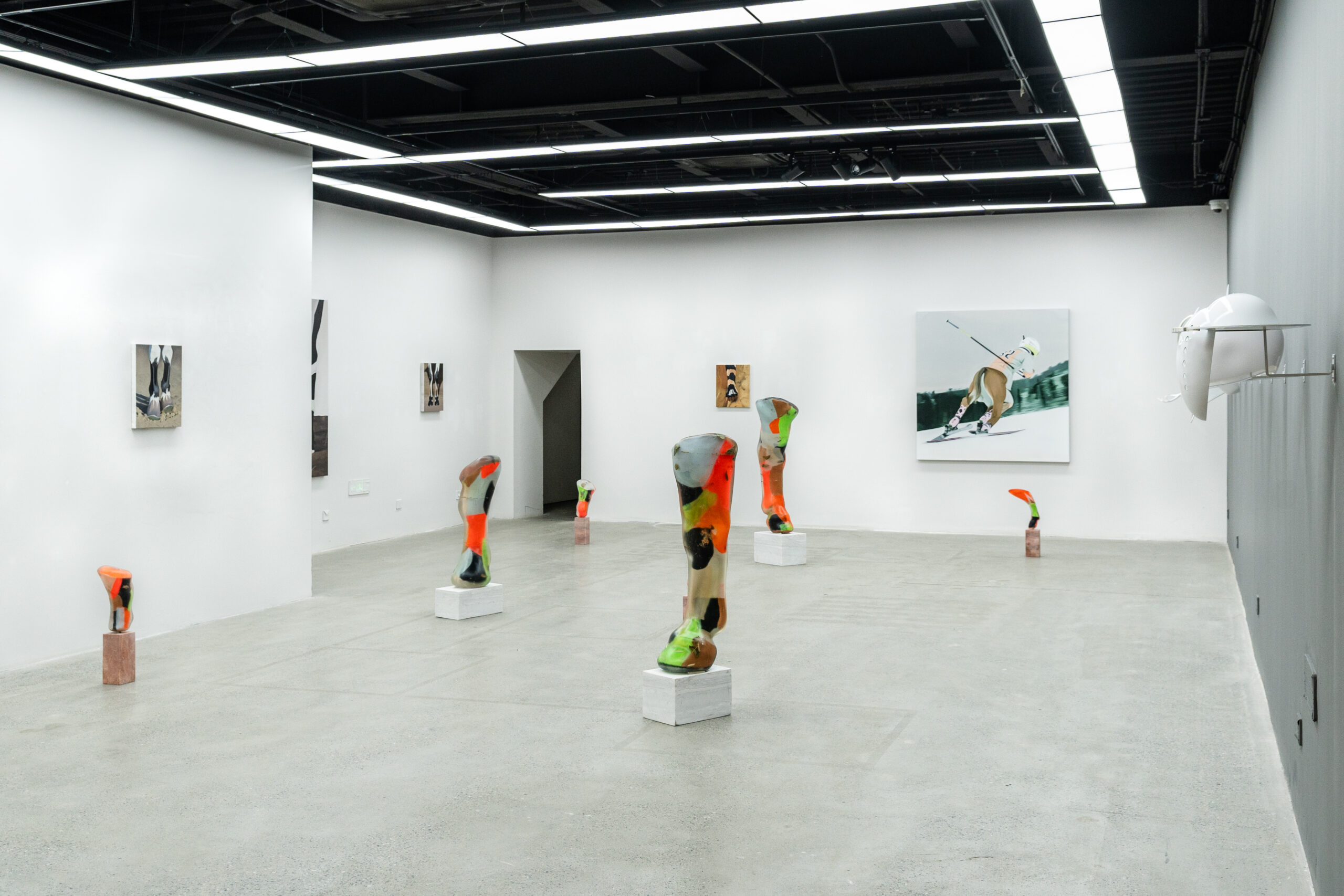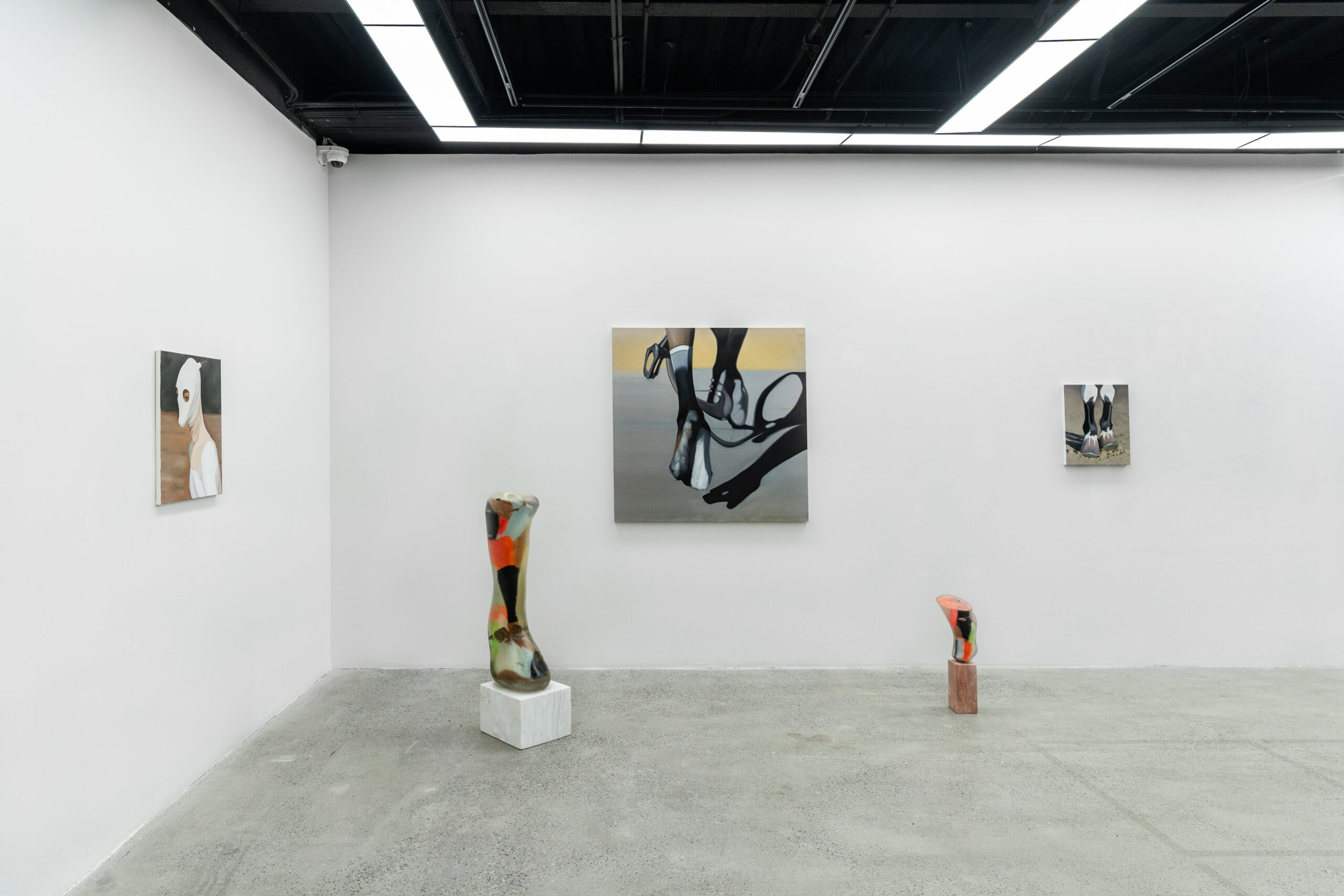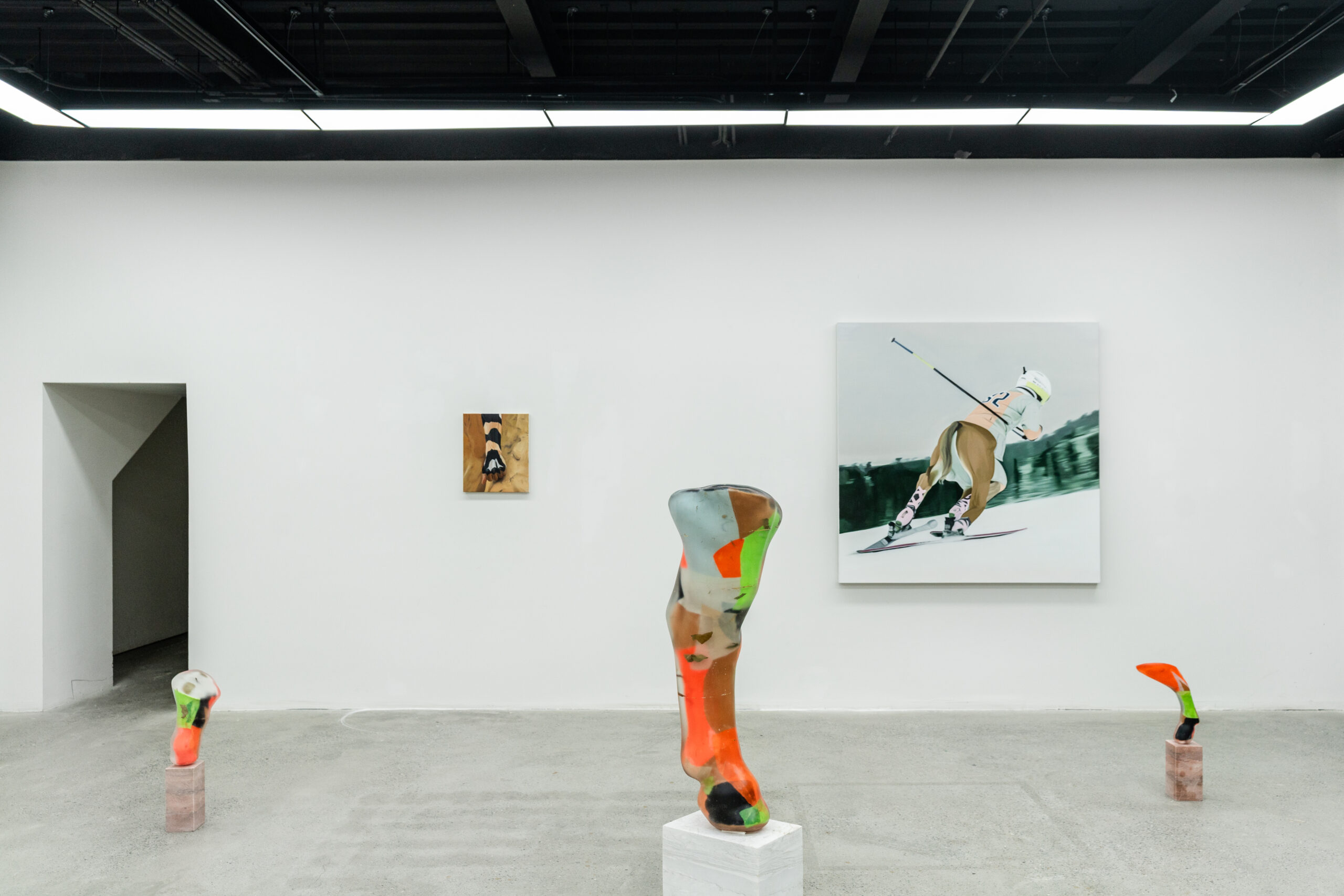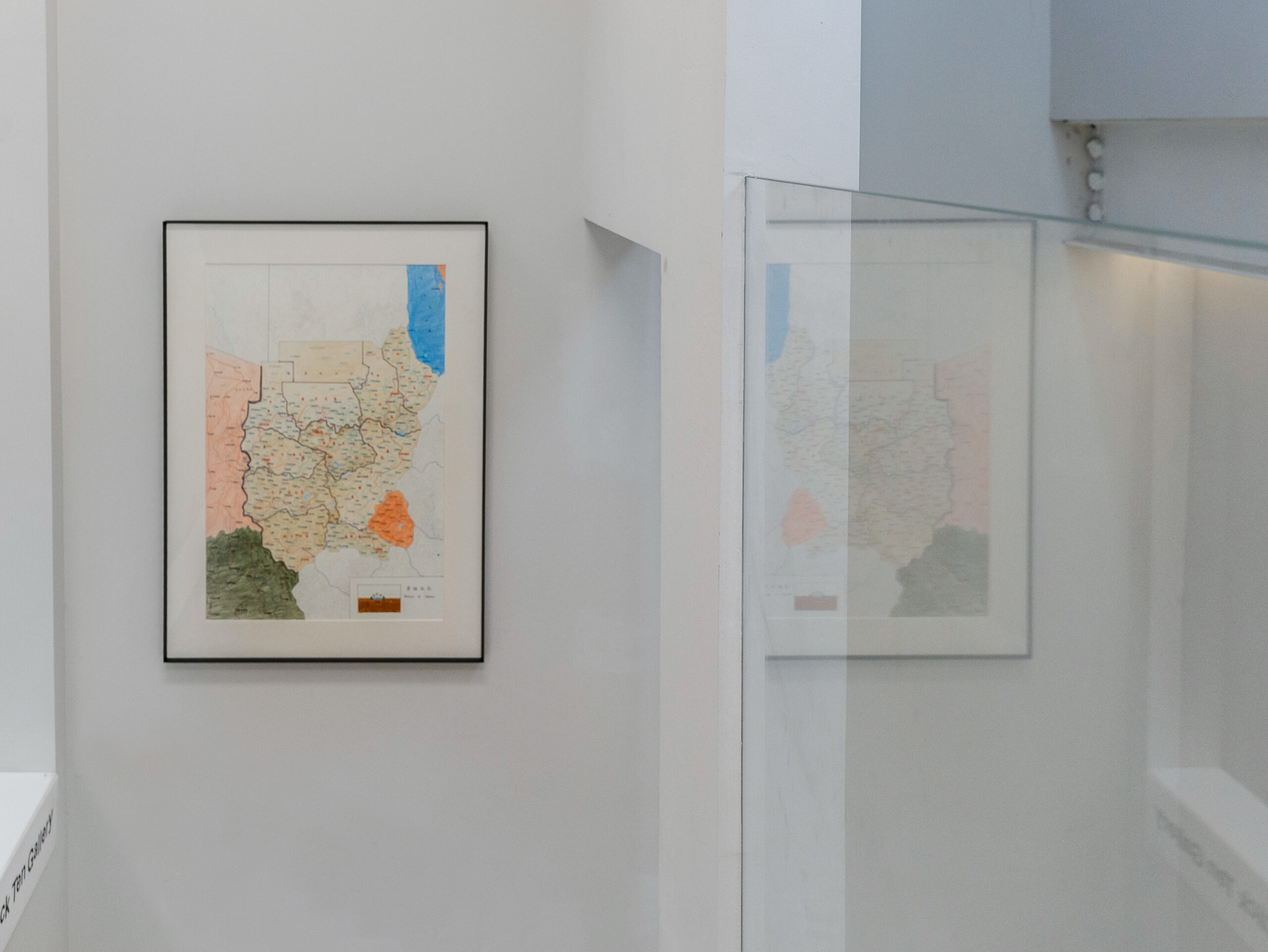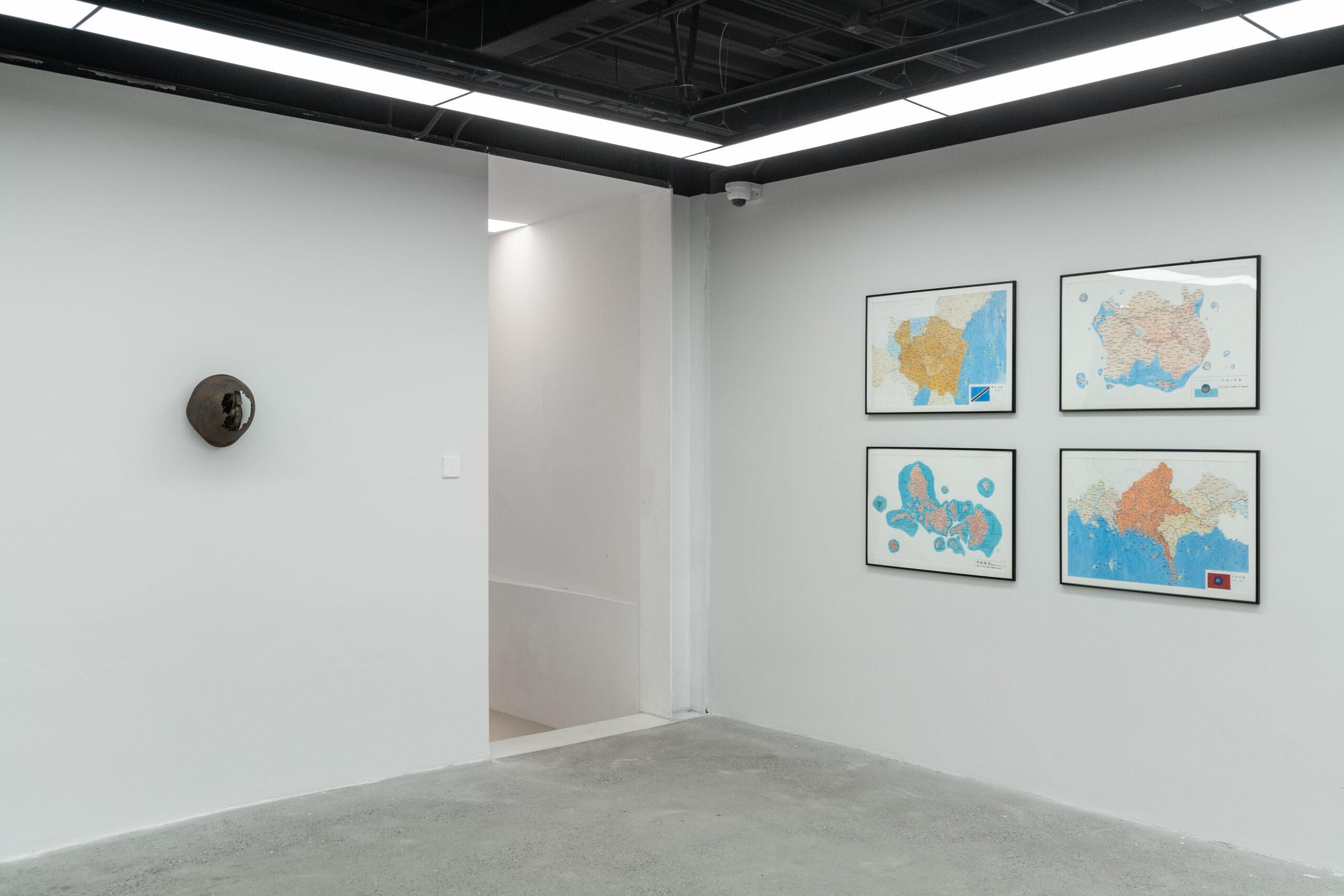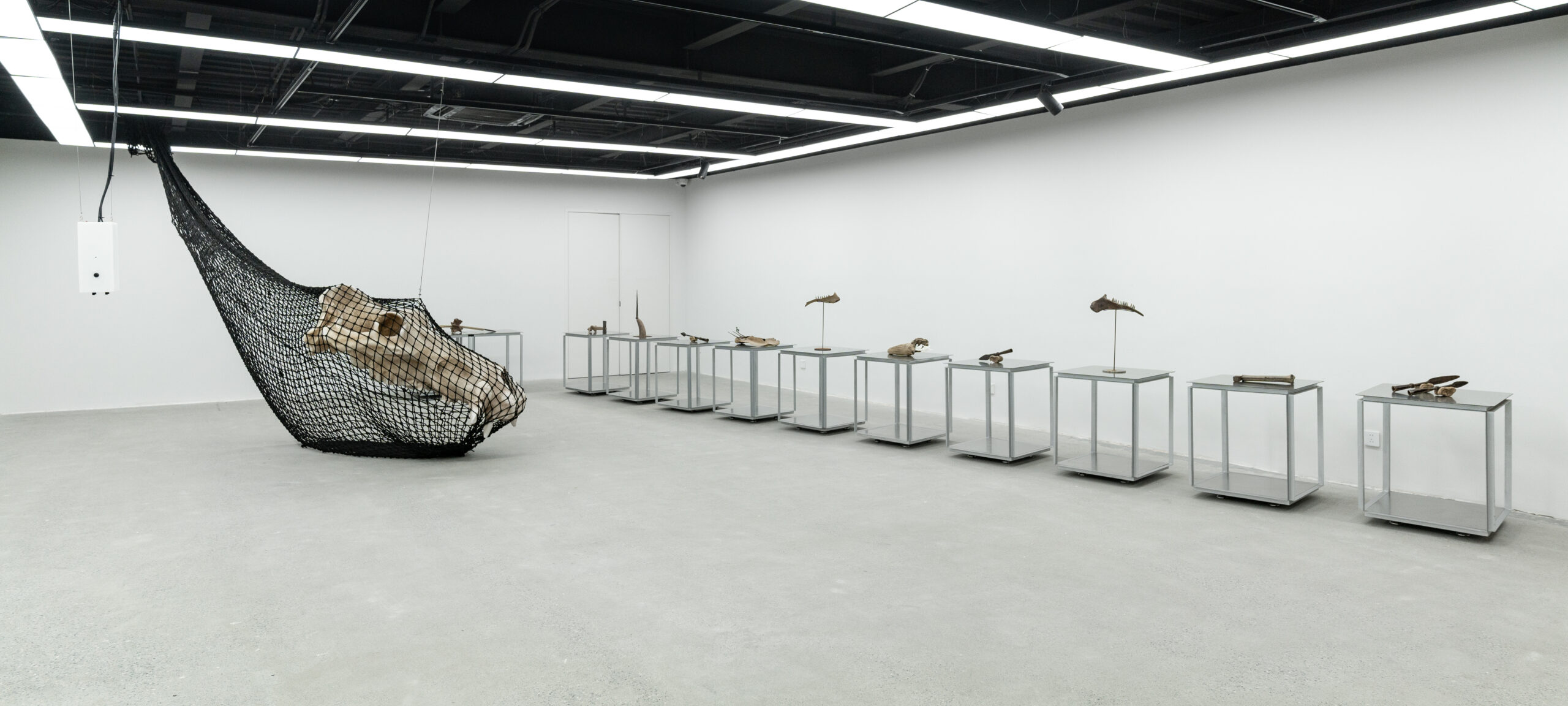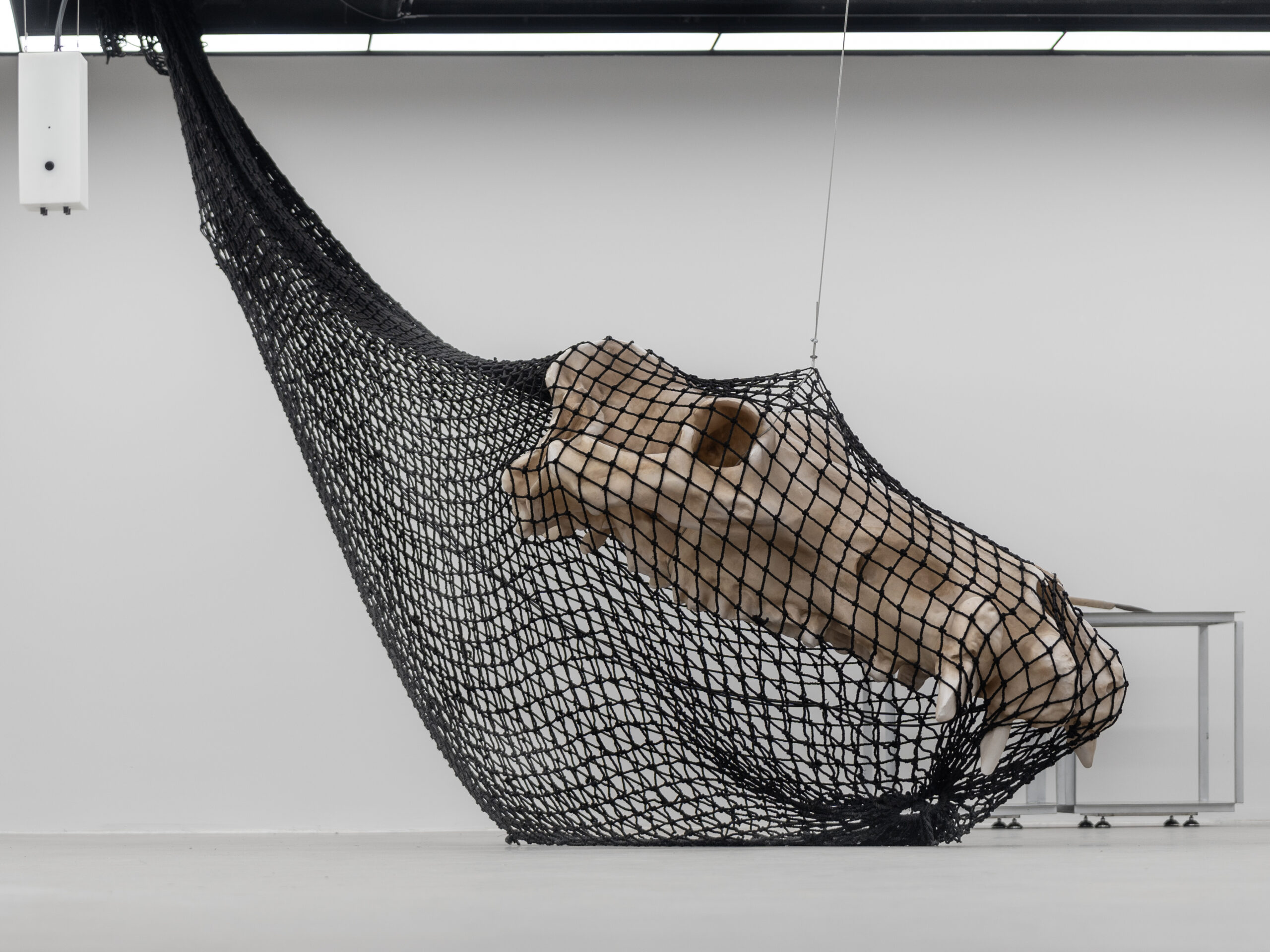Hyperobject: The Unknown Visitor
INSTALLATION VIEWS
SELECTED WORKS
FOREWORD
“In ‘The Ecological Thought’ I coined the term ‘hyperobjects’ to refer to things that are massively distributed in time and space relative to humans.”
– Timothy Morton
Art is fundamentally about perception, and perception inherently requires an object. We often speak of the defamiliarization within artistic experience, and hyperobjects are precisely one such category of objects: they exist on spatiotemporal scales so vast that, while forming the very foundation of our daily lives and discourse, they remain largely imperceptible as distinct “objects”. Consider, for instance, electromagnetic fields permeating the atmosphere – without them, our climate would be utterly transformed, and mobile communication would cease to function. Or the bacteria and microorganisms engaged in hundreds of thousands of exchanges with the human body daily through our skin. These microbes not only carry the blueprint for the origin of life but actively participate in, define, and influence human behavior. Throughout the history of art, they remained concealed; now, under the banner of posthuman and ecological art, they emerge to showcase their undeniable presence.
The three artists cultivate distinct yet interconnected practices within their respective fields. Their works engage with artistic objects that transcend the phenomenology of daily existence, operating within vaster spatiotemporal frameworks. These entities drift like specters through the real—only through the artists’ mediation are they intercepted, captured, and brought into the realm of human discourse and perception.
Di Siqi: Cartography of Desire
Di Siqi’s painting “Geogory 1” depicts an unknown terrain extending limitlessly without distinctive landmarks—a space awaiting colonization and naming. We often forget that “naming” constitutes the origin of all human activity: desire flows through the body’s orifices, projecting outward to demarcate and position existence itself—for an unnamed, unspoken world ceases to exist. In his “New World Maps” series, he constructs counterfeit cartographies through phonetic fluidity. Sound expands like liquid, generating membranous tension that sustains these fabricated vistas. Maps were never merely about knowledge; they represent a cartography of desire: sound conquers fear through the assertion of power.
Sun Lanhe: “Beast-Human”
Sun Lanhe employs a shamanic perspective to summon animality from modern human bodies, creating a new life interface of “Beast-Human.” Clearly, this approach draws from Giorgio Agamben and Donna Haraway’s discourses on human-animal relations. However, in Sun Lanhe’s work, the “sacred animal” is not an apocalyptic redemption, nor is posthuman history a realm of indiscriminate accord. Through his leaps across “Northeast China-London-Shenzhen” and his research into sports history and colonial history, he has developed two parallel roles and realms: “human-beast” (the arena) and “beast-human” (the farm). The cruelty of “global history” lies in this: it is not a superficial question of local experience, but rather a savage hunt in which “human-beast” relentlessly pursues “beast-human.”
Xu Ziyi: Organology of History
Xu Ziyi excavates facts buried deep in the dust of history through geological strata. The exhibition features works composed of (extinct) animal fossils and human-made tools (axes, arrowheads, etc.), akin to an “ignorant” archaeologist from another world who disregards the taxonomy of organic and inorganic matter, brutally forging history according to their own will. In reality, biological evolution has given rise to two distinct organologies: the internally driven mutation of genes and hereditary traits, and the evolutionary skin-suits and bodily apparatus represented by alchemy. Both forms of organ evolution constitute epics, yet within anthropocentric narratives, the breathtaking magnitude of the former is profoundly underestimated. Xu Ziyi’s work raises critical questions: What does the inner “life-drive” signify? And what renders humanity both so formidable and so fragile?




